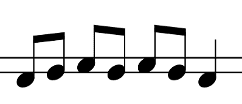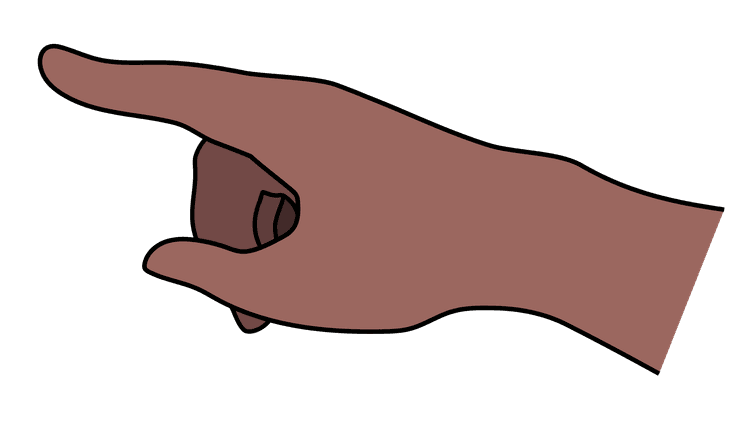Myths about teaching can hold you back
- Year 5
Reading the five note minor pentachord scale
I can read and notate the ascending and descending minor pentachord on a simplified stave.
- Year 5
Reading the five note minor pentachord scale
I can read and notate the ascending and descending minor pentachord on a simplified stave.
These resources will be removed by end of Summer Term 2025.
Switch to our new teaching resources now - designed by teachers and leading subject experts, and tested in classrooms.
These resources were created for remote use during the pandemic and are not designed for classroom teaching.
Lesson details
Key learning points
- Stave notation can tell us the rhythm and pitch of a melody, which we can use to help us perform it accurately.
- The rhythm of notes is the pattern of long and short sounds, and can be represented using ‘Takadimi’.
- We can add pitches to a rhythmic composition using improvisation
Keywords
Stave - lines on which musical notes can be placed
Minor pentachord - the first 5 notes of a minor scale - la ti do re me
Rhythm - the pattern of sounds and silences that we play and sing
Improvisation - creative, in-the-moment musical composition
Common misconception
When writing out music notation, the exact position of the notes doesn't really matter.
The part that matters the most is the note head - the circle at the bottom of the stick. Where that sits (on a line or space) tells us what pitch to play, so accuracy in where it is placed is important.
To help you plan your year 5 music lesson on: Reading the five note minor pentachord scale, download all teaching resources for free and adapt to suit your pupils' needs...
To help you plan your year 5 music lesson on: Reading the five note minor pentachord scale, download all teaching resources for free and adapt to suit your pupils' needs.
The starter quiz will activate and check your pupils' prior knowledge, with versions available both with and without answers in PDF format.
We use learning cycles to break down learning into key concepts or ideas linked to the learning outcome. Each learning cycle features explanations with checks for understanding and practice tasks with feedback. All of this is found in our slide decks, ready for you to download and edit. The practice tasks are also available as printable worksheets and some lessons have additional materials with extra material you might need for teaching the lesson.
The assessment exit quiz will test your pupils' understanding of the key learning points.
Our video is a tool for planning, showing how other teachers might teach the lesson, offering helpful tips, modelled explanations and inspiration for your own delivery in the classroom. Plus, you can set it as homework or revision for pupils and keep their learning on track by sharing an online pupil version of this lesson.
Explore more key stage 2 music lessons from the Compose and Create: composing a minor melody on a stave unit, dive into the full primary music curriculum, or learn more about lesson planning.

Equipment
Pencils, rulers, pitched percussion instruments.
Licence
Prior knowledge starter quiz
4 Questions
Q1.Which of the following are the notes of the minor pentachord?
Q2.The lines that musical notes are placed on are called a ...

Q3.Which note does this hand symbol show?

Q4.How would you describe the following rhythm?

Assessment exit quiz
4 Questions
Q1.True or false? When we are notating the music, we need to be very accurate about where we draw the notes.
Q2.Which of the following is the descending minor pentachord?
Q3.How would you describe the following rhythm?




